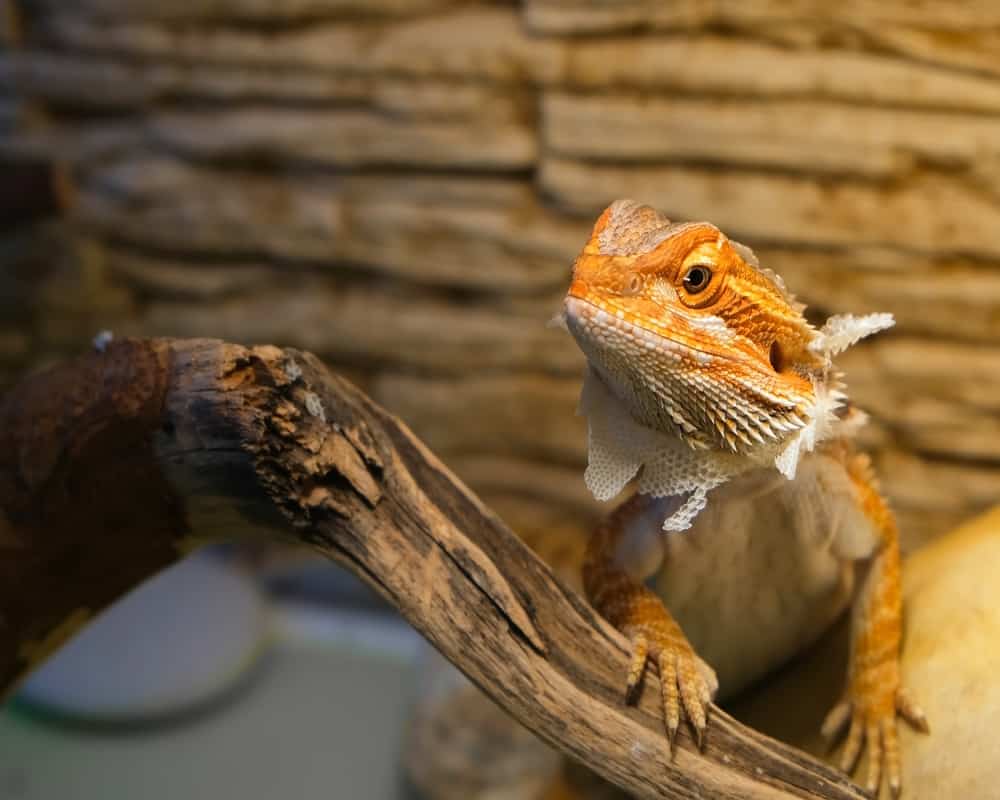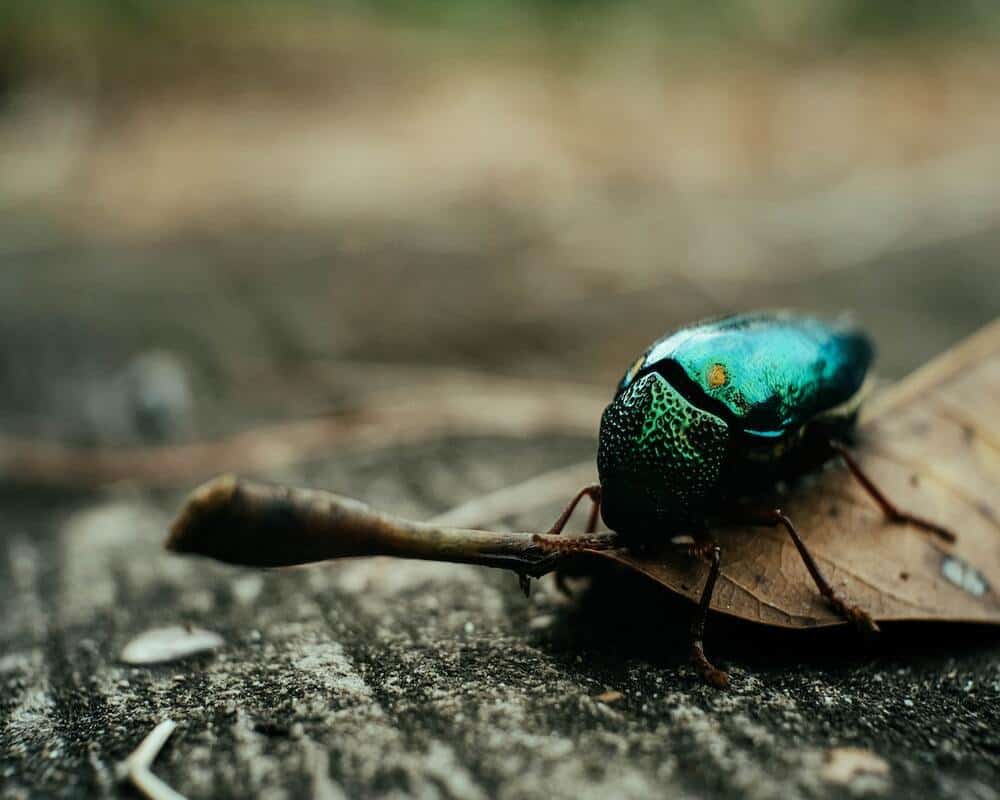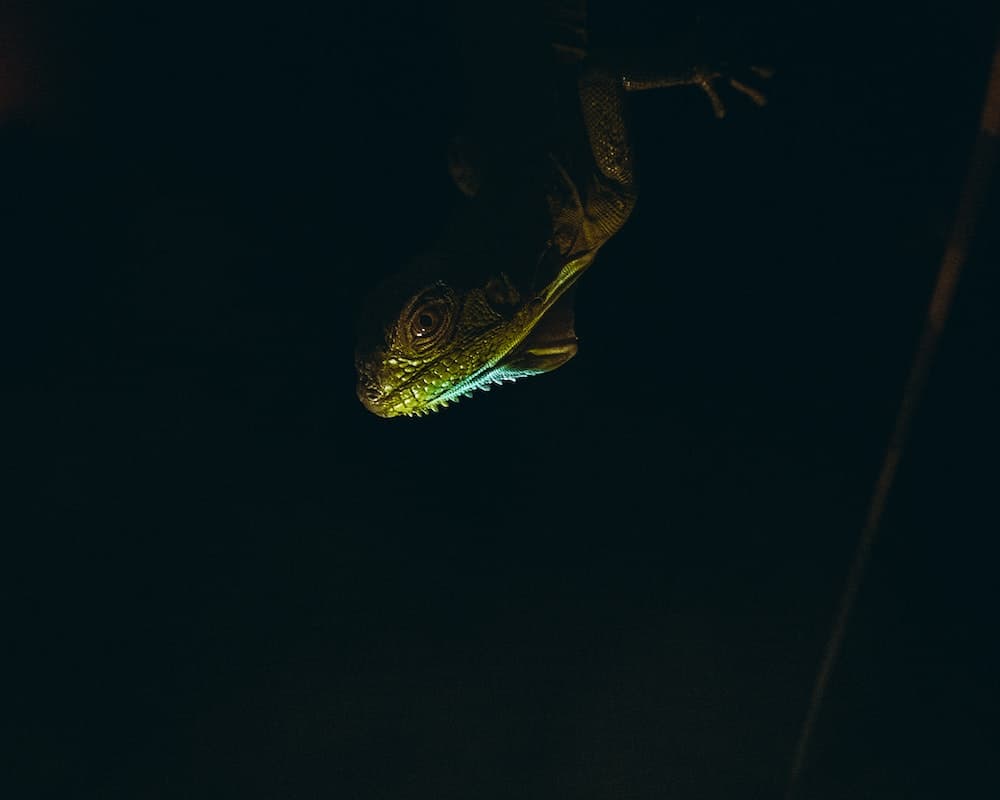Yes, a bearded dragon eats its shed skin. They do so because the shed skin is very rich in calcium, potassium, and other nutrients like protein, fat, phosphorus, and vitamins. So, if they feel that the food that you are giving them is lacking in some nutrients, they will consume the shed skin to fulfill their needs for these nutrients. But you may ensure that the captivity they are living in should be clean if they have to consume the shed skin and subtract also in the captivity should be checked properly.
Why Do Bearded Dragons Eat Their Shed?
- To Avoid Its Predators
Your beardie is one of the most popular prey in the wild. There are many predators like snakes or big reptiles, which wait for bearded dragons to come out of captivity so they can hunt for them and attack them.
However, by eating their shed these bearded dragons may protect themselves from being hunted.
By eating their shedding, they may collect all the traces of themselves that they might leave behind while shedding. So any predators of these bearded dragons may not be able to trace them and find them. This may help your beardie to save itself.
In addition by eating their shed, these beardies may camouflage themselves with the ground shed. Skin provides a protective layer to your pet and makes it very difficult for large reptiles and snakes to hunt them.
Also, when any animal or let’s say the bearded dragon is shedding, it becomes too vulnerable to its predators. Its immune system is also reduced. So by eating its shedding, your pet will have no evidence left for its predators. Hence it eliminates all the chances of them being hunted by their predators.
- For The Calcium
One of the most important nutrients that your pet needs in their body is calcium. Calcium is one of the key ingredients to keep your beardies bones healthy and in working condition.
If your beardie is not getting enough calcium in the food you’re giving it, then it may develop diseases like metabolic bone disease. If this is not treated at the right time or goes without notice, it may cause your pet some very serious chronic diseases.
The skin that your beardie is shedding is nothing but a coating of dead cells and may have calcium stored or deposited in them by your pet. So by eating this, your beardie may be consuming some amount of calcium to keep their bones healthy.
You should also focus on keeping the bearded dragon’s habitat clean as it has the habit of eating the skin and the shedding should not be contaminated.
A deficiency of calcium in your pet may also be shown by other symptoms like broken bones, lethargy or weakness, etc.
So if you see your bearded dragon consuming the shed skin then you should revise the meal that you are providing them with and add something that has more calcium in it like green vegetables.
- Extra Nutrients
Shedding is a very natural process for your beardie that they go through as they become older. Your pet needs to shed to stay healthy. This skin contains a lot of nutrients with calcium as discussed above.
It is a very good source of protein which is one of the important nutrients that you should provide your pet with. Proteins help to grow and keep your bearded dragon’s tissues and other organs intact. Your dragons’ physical health can improve a lot by consuming the skin which is rich in protein.
In addition to protein and calcium, this skin is also rich in other kinds of nutrients like potassium and vitamins. Vitamin A and vitamin E are found in abundance in their shed skin which is very necessary for your pet to function properly, maintain its immune system, and also keep its digestion at its best.
If you see your pet is eating its shed skin, you should re-look at the meal plan that you are following and should consult the vet. If there’s any nutrient-rich food that is missing, you should include it in your pet’s diet.
When Should You Stop Your Beardie From Eating Its Shed?
While there is no harm in a beardie eating its own shedding, below are a few scenarios where you should stop your pet from consuming it.
- Unclean Enclosures
It is always advised that you should keep sanitizing your pet’s enclosure and keep it very hygienic. Doing so will help to keep your pet healthy and away from all illnesses.
Eating the skin surely provides your pet with some of the most essential nutrients that its body needs which include calcium protein, fiber, etc. But you should ensure that the shed skin isn’t contaminated or has any parasites or bacteria in it.
You should remove all the shed skin from its enclosure if at any time you find that the enclosure is dirty and has not been disinfected properly. This would help to maintain the well-being and health of your pet.
If for any reason the enclosure has not been cleaned in a long time, it may be an idea to get a vet check-up. A vet check-up may reveal if it has swallowed any parasite or other bacteria or has any other infections and may help to keep your beardie healthy. It is advised to not take parasites lightly.
- Substrate Issues
The substrate in your pet’s captivity holds great importance in its well-being. Your pet could get impaction if it consumes inappropriate substrate from its captivity.
Impaction is a disease that creates a blockage in the digestive tract and may make it difficult for you to swallow or eat anything further.
If you think that the substrate in your pet’s captivity is not safe for it to consume then you should immediately take out all the shed skin from their captivity. There have even been cases where a bearded dragon’s nose can get clogged making it difficult to breathe due to the leftover skin.
Your pet mustn’t consume inappropriate substrate along with the skin sheds that can lead to impactions. It’s also important to note that you must be careful handling bearded dragons while they are shedding as their skin is very sensitive.
Conclusion
Wrapping up, it is normal for your pet to shed skin and consume the skin. It may be because of many reasons, for example, to hide away from its predators, to recover from its calcium deficiency, or to consume it in need of other nutrients. It may also act as an alarming situation for you if you are not providing these dragons with food rich in all the nutrients.
However, you need to ensure that the bearded dragon’s captivity is hygienic and properly clean as your pet may be at risk of consuming parasites. If it’s not cleaned properly and also the subtract in the captivity should be checked properly.
FAQs
- Should I Not Be Worried if My Beardie is Eating Its Shed?
Yes, it is completely normal for you to let your pet eat their shedding. However, there are some conditions in which you should prevent your beardie from eating its shed skin like dirty enclosures or loose substrates.
But you should always remember that if your beardie is eating its shedding, then some nutrients are missing in the food given by you. So you should check the meals that you are giving them to eat and check whether they are rich in protein, fat, calcium, vitamin, potassium, etc.
- Do All Beardies Eat Their Shed Skin?
No, not all beardies need to eat the skin. You may also notice that your pet is eating the skin the first time and not eating it the second time. It all depends on the nutritional needs of your beardie.
However, if you notice that your bearded dragon is eating its shed skin then you should find out the root cause and try to rectify it as it’s not very beneficial for your pet to consume its skin too often.




